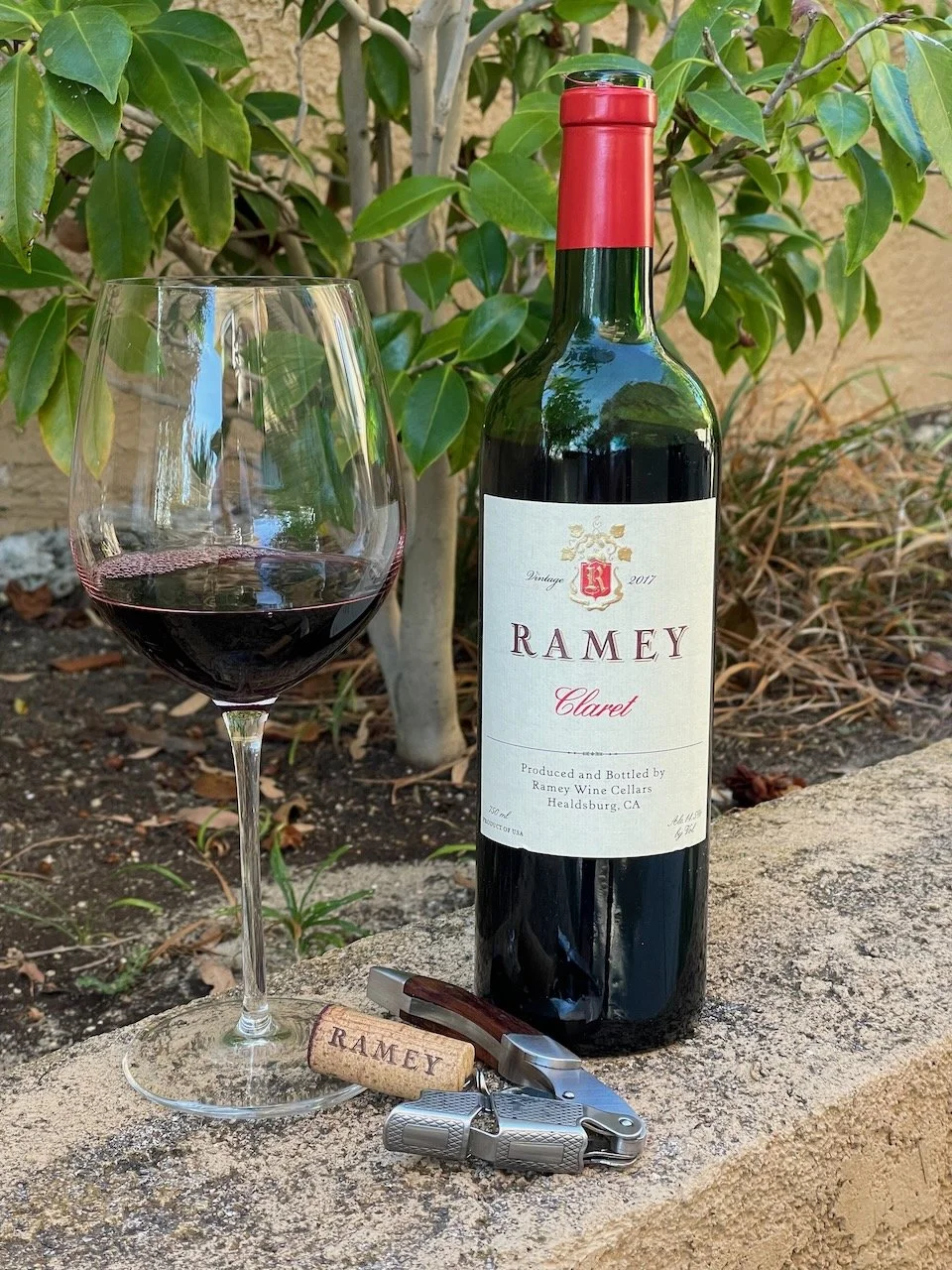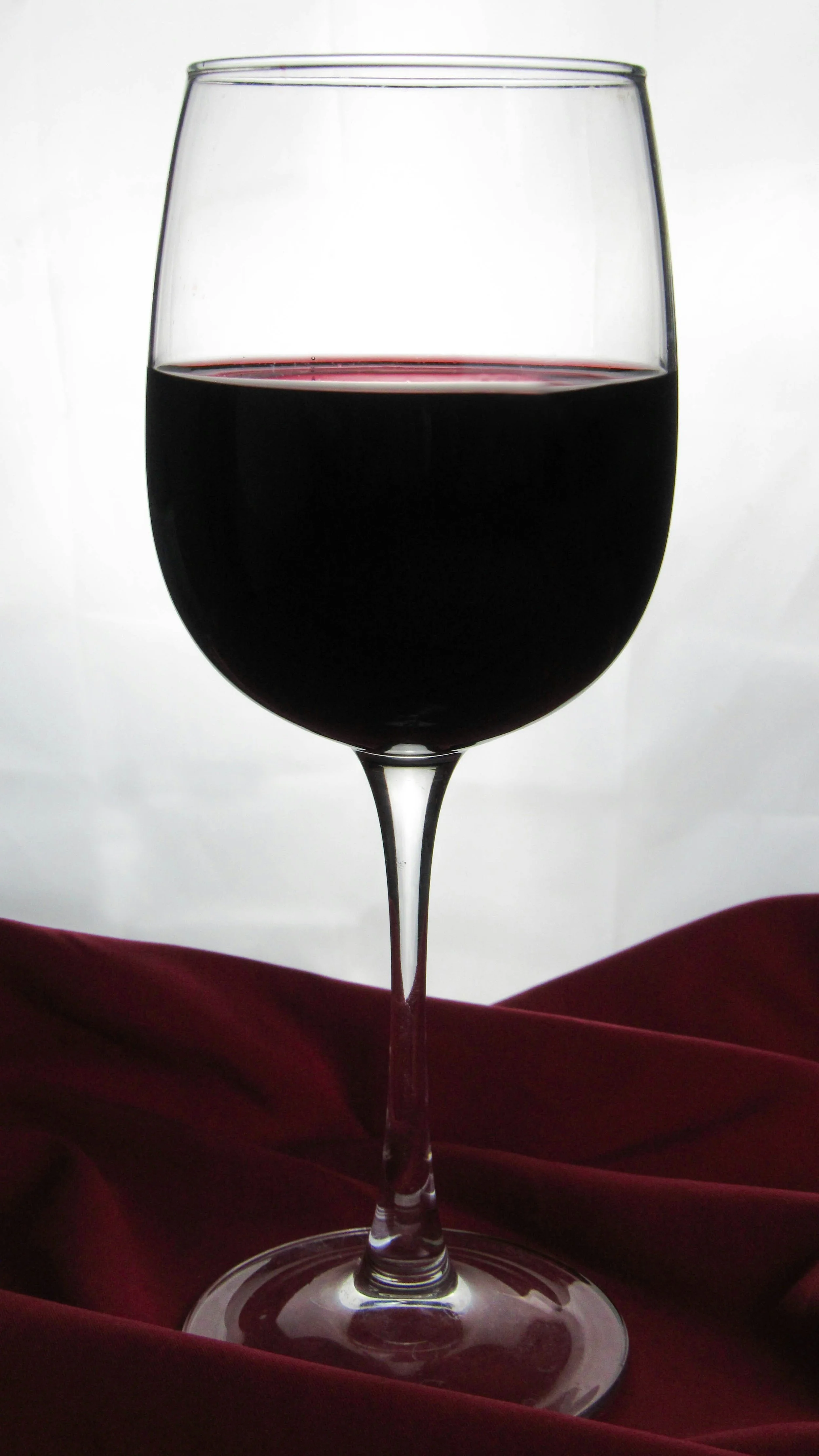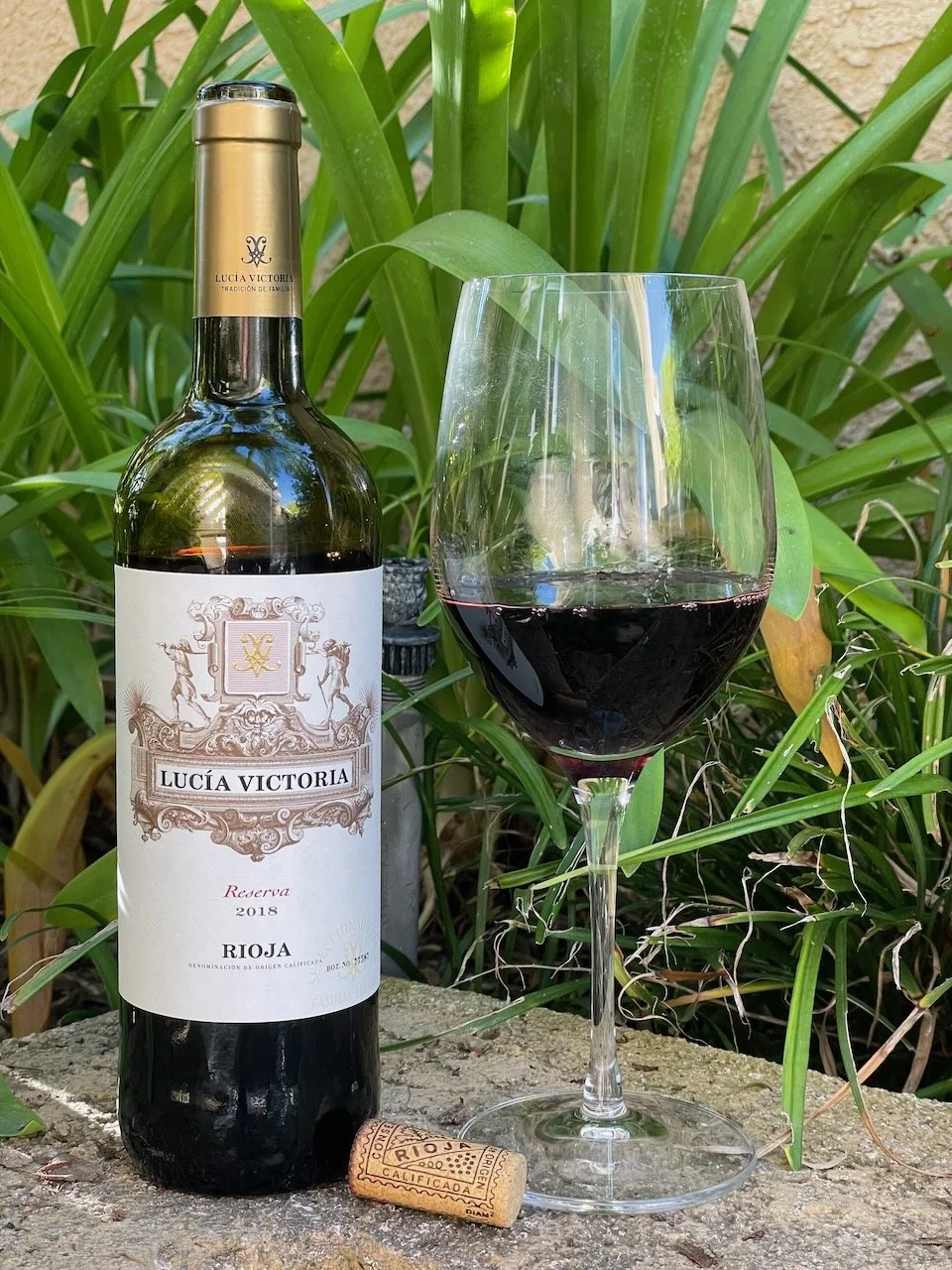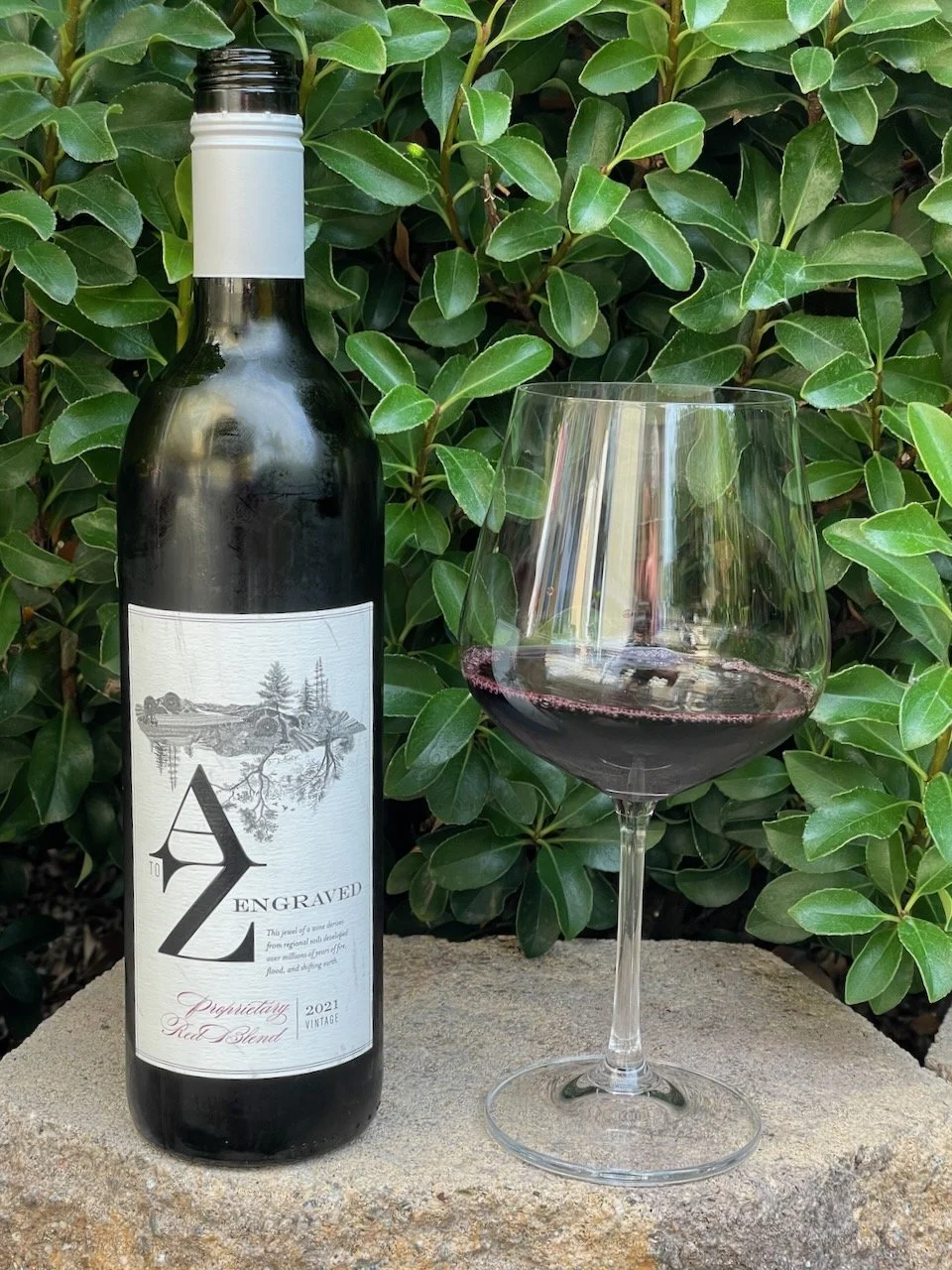2017 Ramey Claret ($39.98)
David and Carla Ramey founded their winery in 1996 and forged a new California winemaking style that paired old-world techniques with the premier fruit of Sonoma and Napa.
The Ramey family has long excelled at collaborating with other multigenerational winegrowers to make single vineyard wines as well as blends that showcase the defining characteristics of their sites. The second generation, Claire and Alan Ramey, began working at the winery in 2013.
As described in the previous blog, a Claret wine is a red wine blend. And, this Claret is a blend of 44% Cabernet Sauvignon, 20% Merlot, 14% Malbec, 12% Petit Verdot, 8% Syrah and 2% Cabernet Franc - a classic Bordeaux blend. The grapes were sourced from Napa Valley, High Valley, Alexander Valley, the Russian River Valley and Sonoma County.
After fermentation, the wine underwent Malolactic conversion in the barrel, and the wines were blended. The blend rested on its lees for twelve months in French & American oak barrels (24% new), with monthly bâtonnage.
This Ramey Claret is deep purple in color with rich aromas of black cherries, cedar, bay leaves, tobacco and chocolate. On the palate, this medium-full bodied wine has wonderful deep dark fruit flavors, smooth tannins, balanced acidity and finishes long and smooth.
This 2017 Ramey Claret is a really terrific wine and an exceptional value. A perfect fit as this week’s Behind the Cork™ Wine of the Week. Cheers!






